Pottery is an ancient art that has evolved into a fascinating array of techniques. Some methods create truly unique pieces that stand out for their beauty and originality. These techniques often involve intricate processes that require a deep understanding of materials and creativity. Let’s explore some extraordinary pottery techniques that produce these remarkable works.
Raku Firing
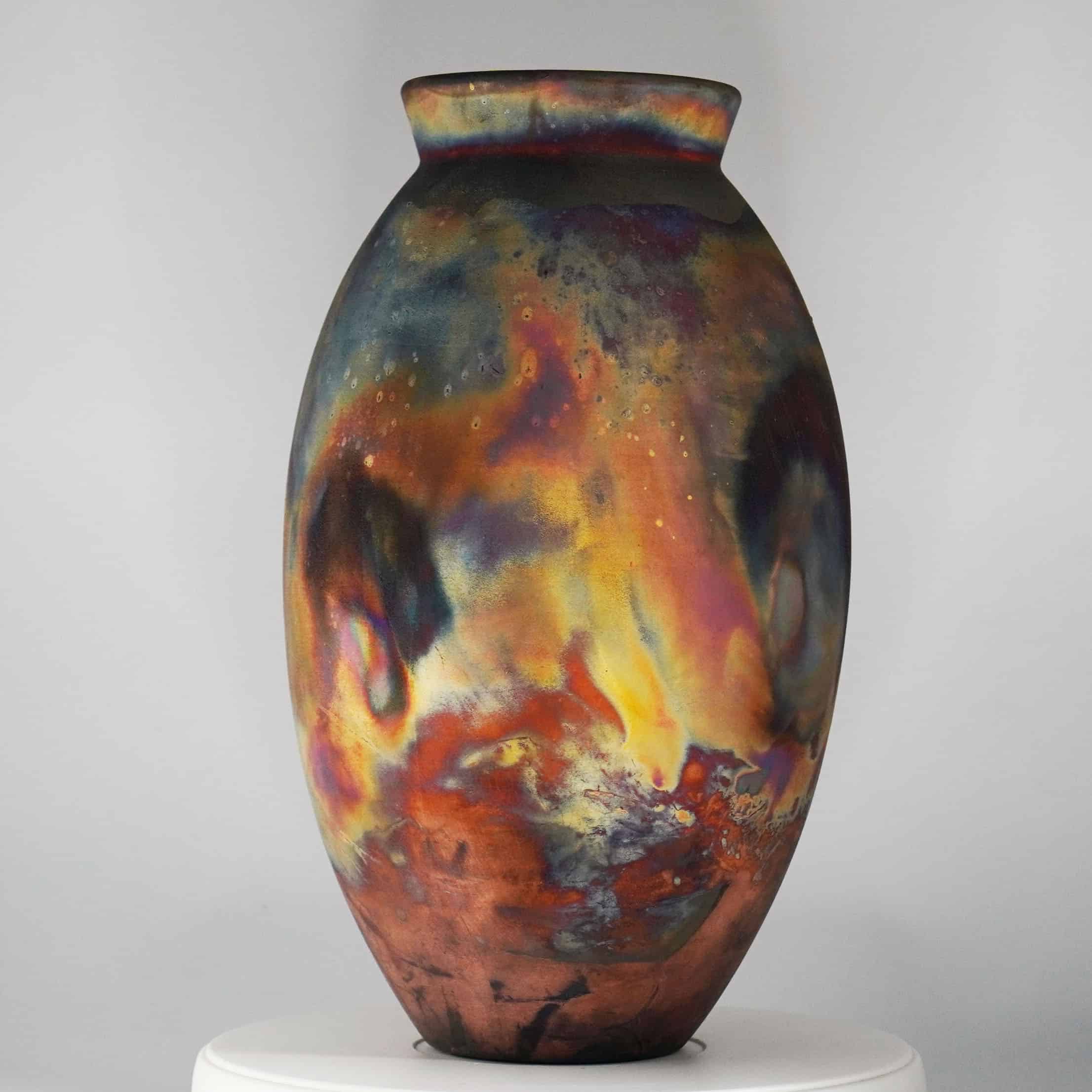
Raku firing is an exciting and unpredictable pottery technique originating from Japan. The process involves removing pottery from a hot kiln and immediately placing it in combustible materials like sawdust or paper. This sudden temperature change creates crackled, smoky patterns on the surface. Each piece fired in this manner is unique, with colors and textures that vary widely. The technique was traditionally used for making tea bowls, and its spontaneous, rustic results are prized by contemporary potters.
Sgraffito (Carving Technique)
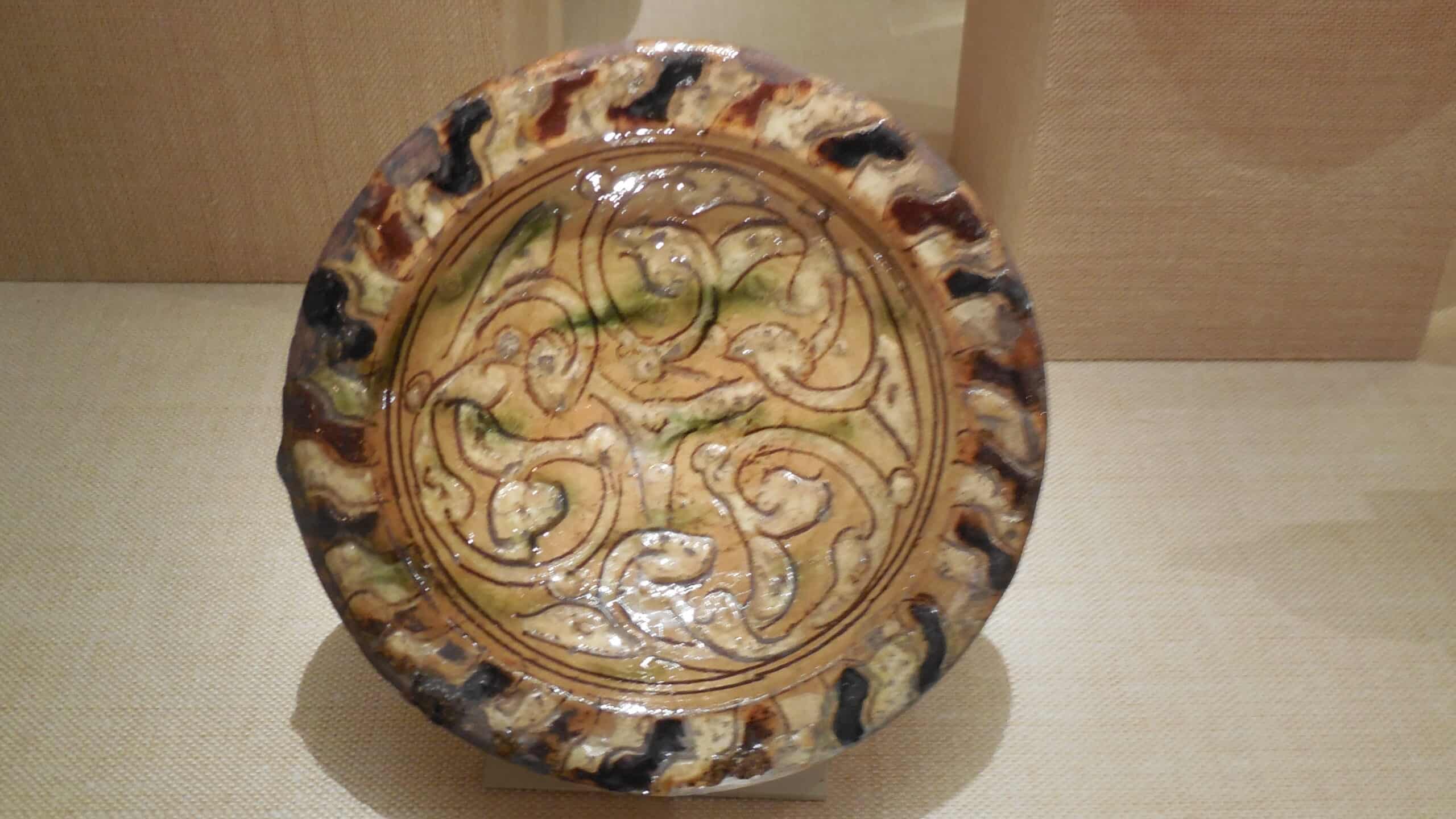
Sgraffito is a decorative technique where the surface layer of slip or glaze is carefully scratched away to reveal the underlying clay body. This method allows for intricate designs and patterns to be etched into the surface. The technique has been used for centuries, dating back to ancient Greece and Rome, where it was employed on pottery and architectural elements. Today, sgraffito is valued for its ability to add depth and texture to ceramic pieces, making each one distinctly unique.
Mishima (Inlaid Slip Decoration)
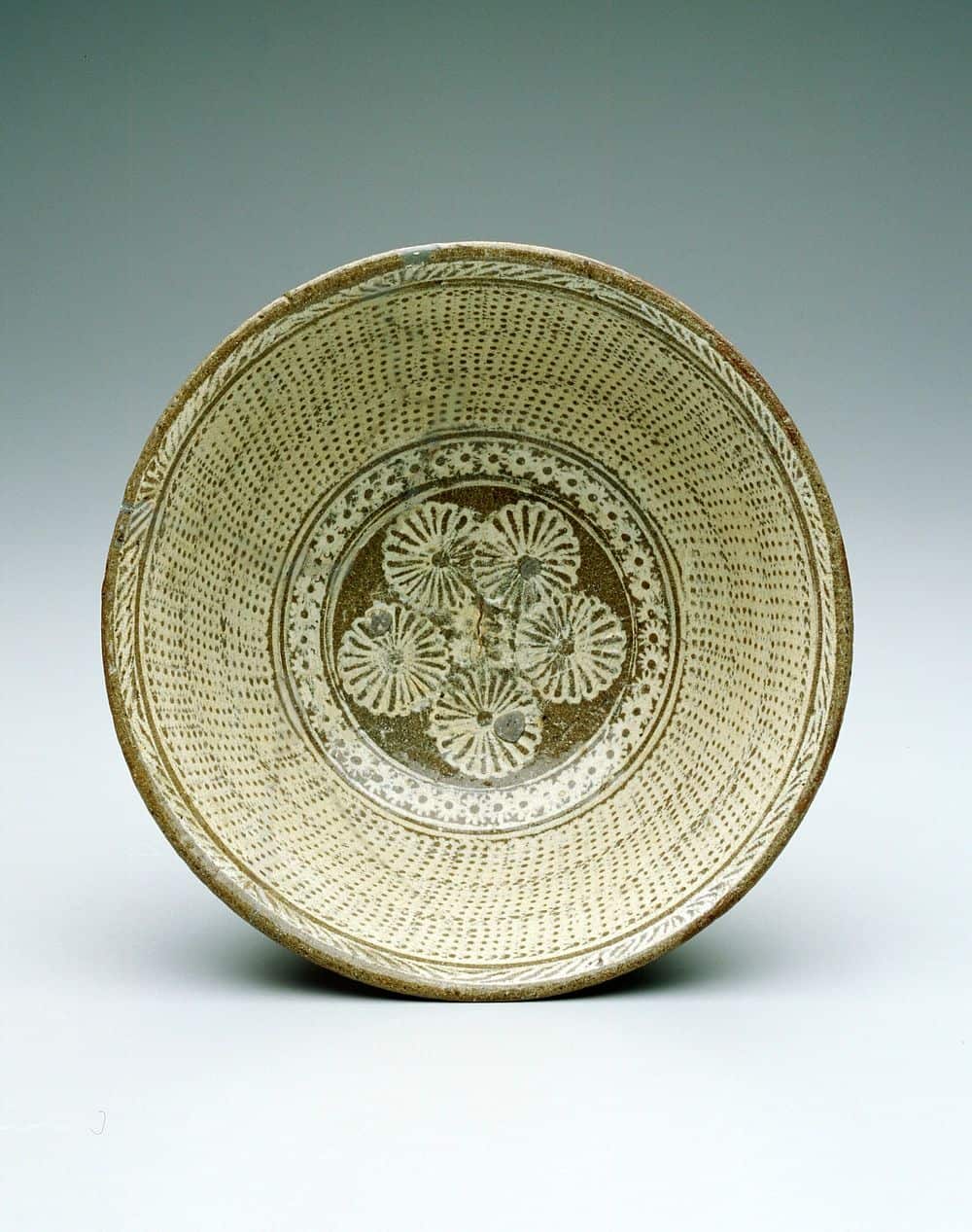
Mishima is a Japanese technique involving the inlaying of contrasting slip into incised lines on the pottery surface. The process begins by carving fine lines into the clay body, which are then filled with colored slip. After the slip dries, the surface is carefully scraped back, leaving the inlaid design smooth and flush. This method allows for detailed and precise decoration, creating a striking contrast between the clay body and the inlaid slip. The technique has its origins in Korean ceramics but was popularized in Japan during the Edo period.
Salt Glazing
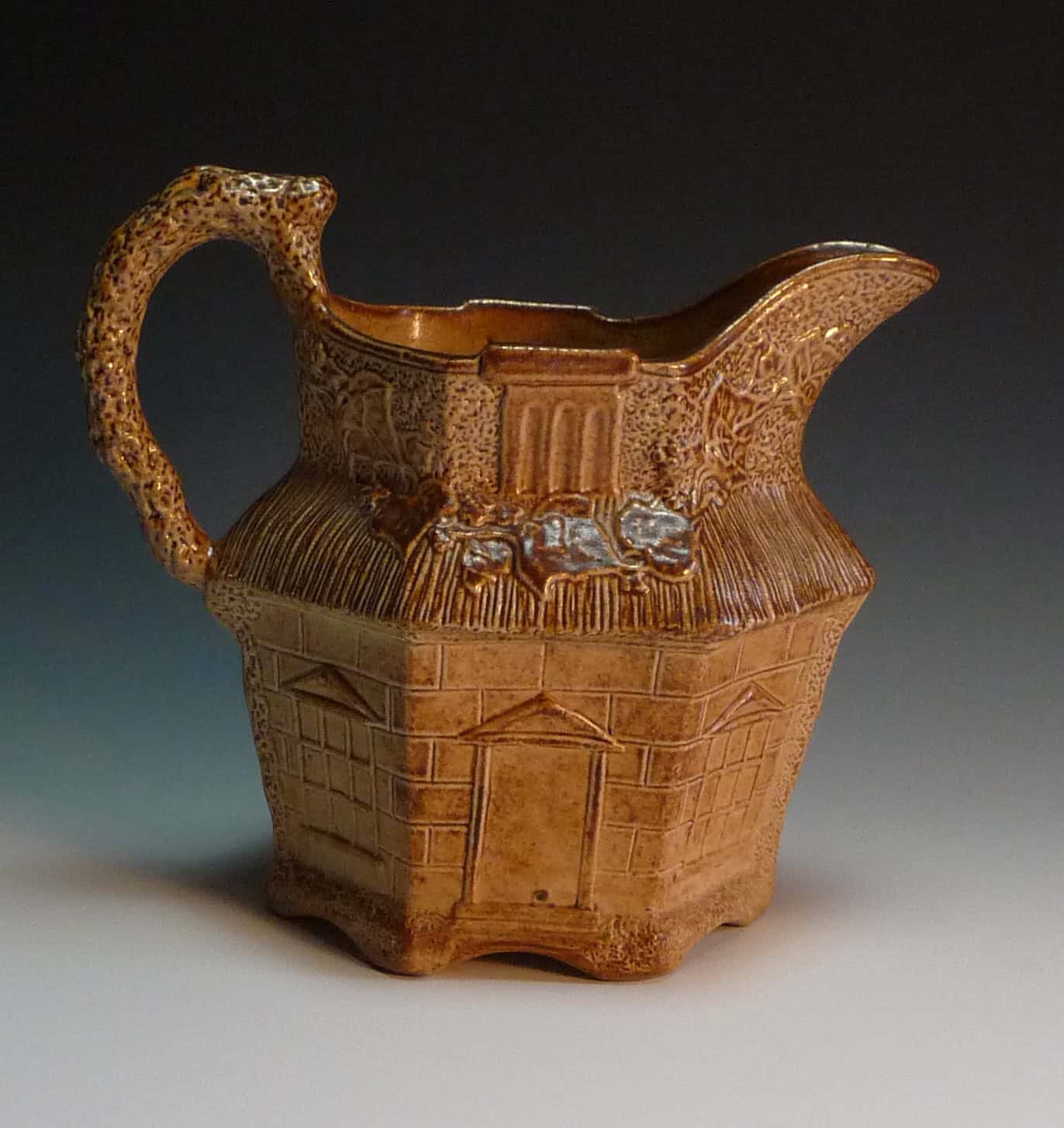
Salt glazing is a technique where common salt is introduced into the kiln during the high-temperature firing process. As the salt vaporizes, it interacts with the silica in the clay body, forming a distinctive, glossy, orange-peel-like texture on the surface. The method originated in Germany in the 14th century and was widely used in stoneware production. The unpredictable nature of salt glazing, combined with the unique texture it produces, makes each piece of pottery truly one-of-a-kind.
Crystalline Glazing
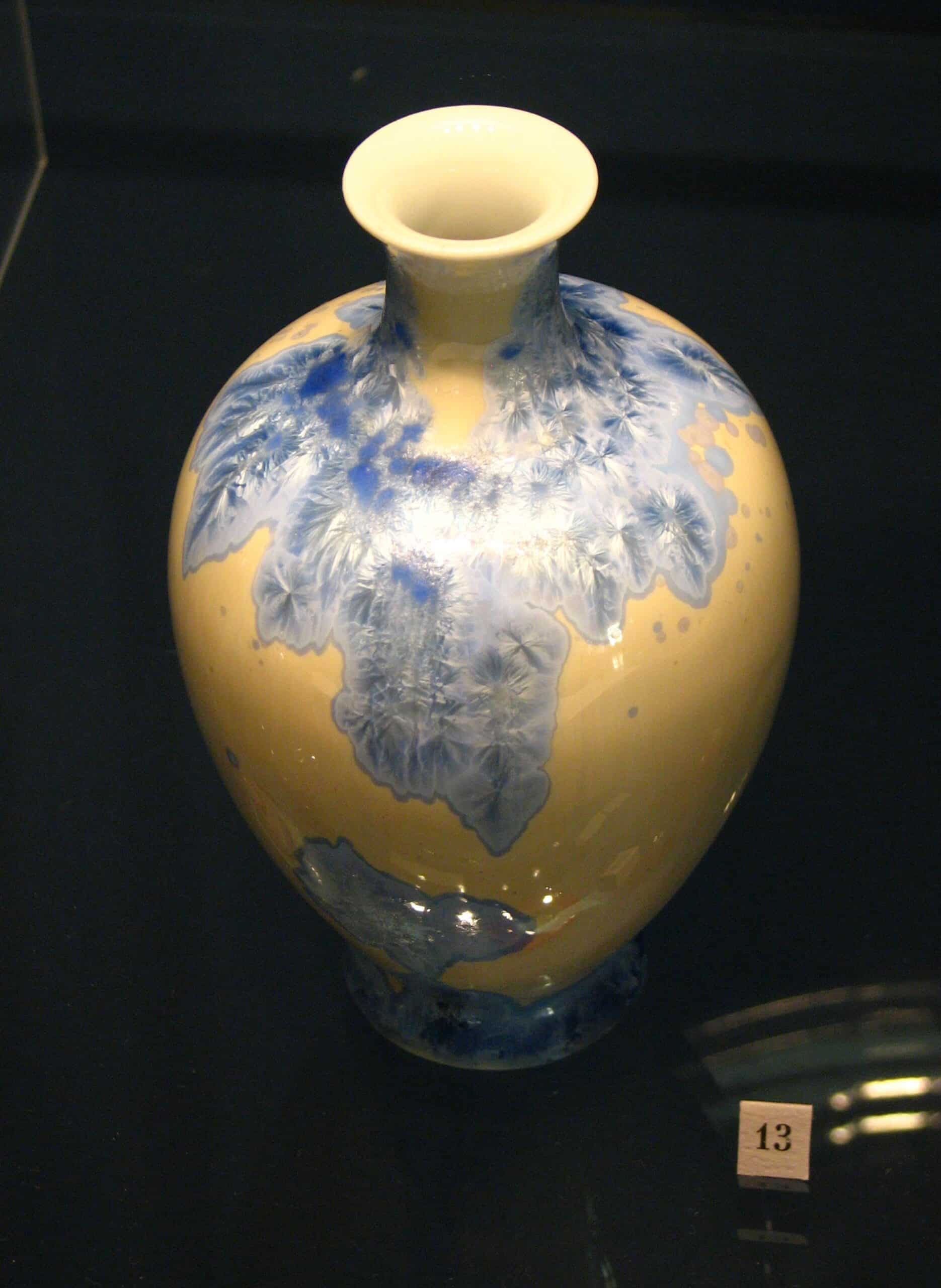
Crystalline glazing is a challenging technique that involves growing crystals within the glaze during the firing process. This technique requires precise control of kiln temperature and cooling rates to allow the crystals to form and grow. The result is a stunning, glass-like surface with large, often dramatic crystals that appear to float on the surface. The method was developed in Europe during the late 19th century and is prized for its beauty and technical complexity. Each crystalline glazed piece is unique, as the crystals never form in exactly the same way twice.
Obvara Firing
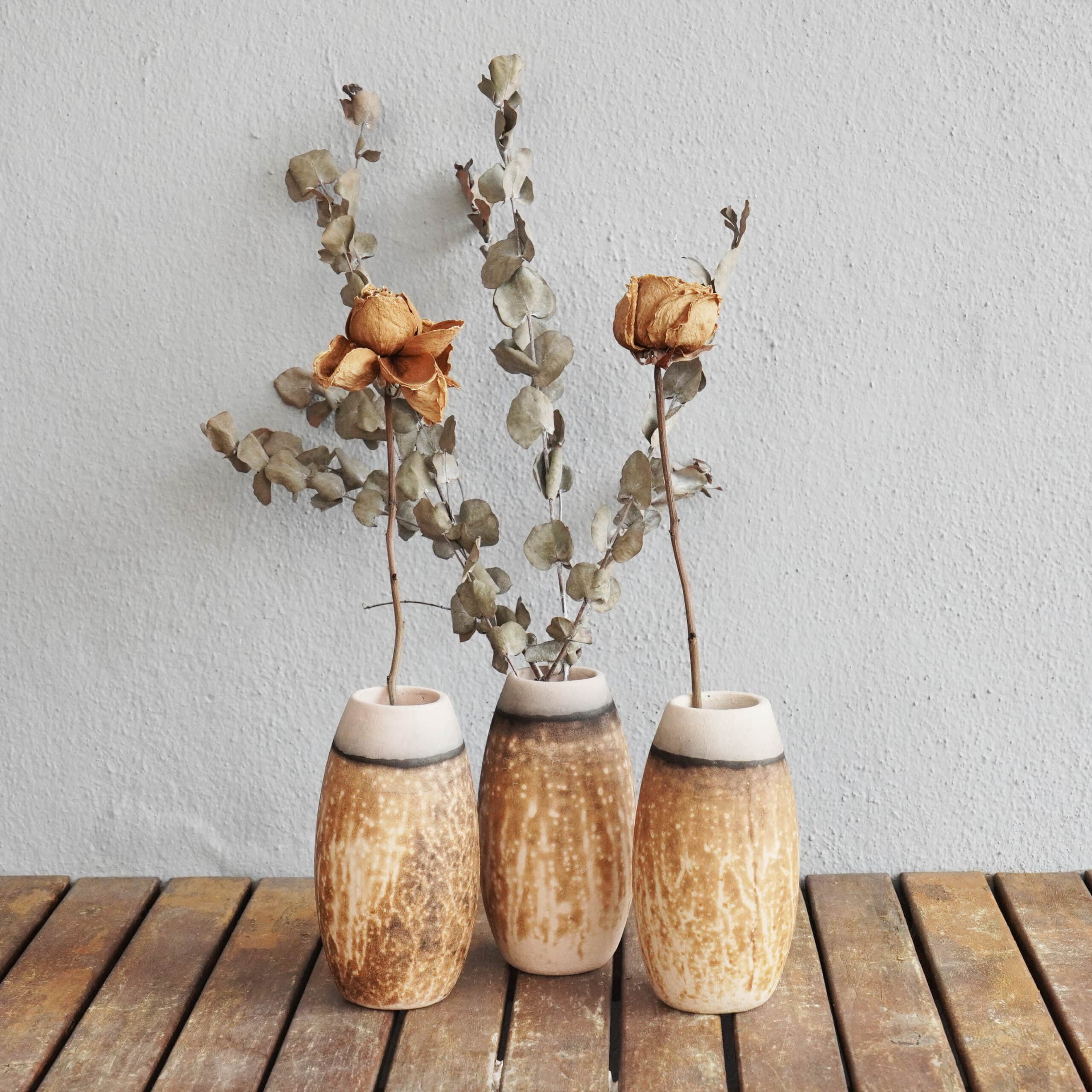
Obvara firing is a traditional Eastern European technique known for its dramatic and unpredictable results. The process involves dipping hot, freshly-fired pottery into a mixture of flour, water, and yeast, which instantly creates a unique, speckled surface. The piece is then quickly quenched in water to set the pattern. Originating in Belarus and other parts of Eastern Europe, obvara firing produces pieces with a rustic, organic feel, characterized by their distinctive textures and color variations.
Paperclay Sculpting
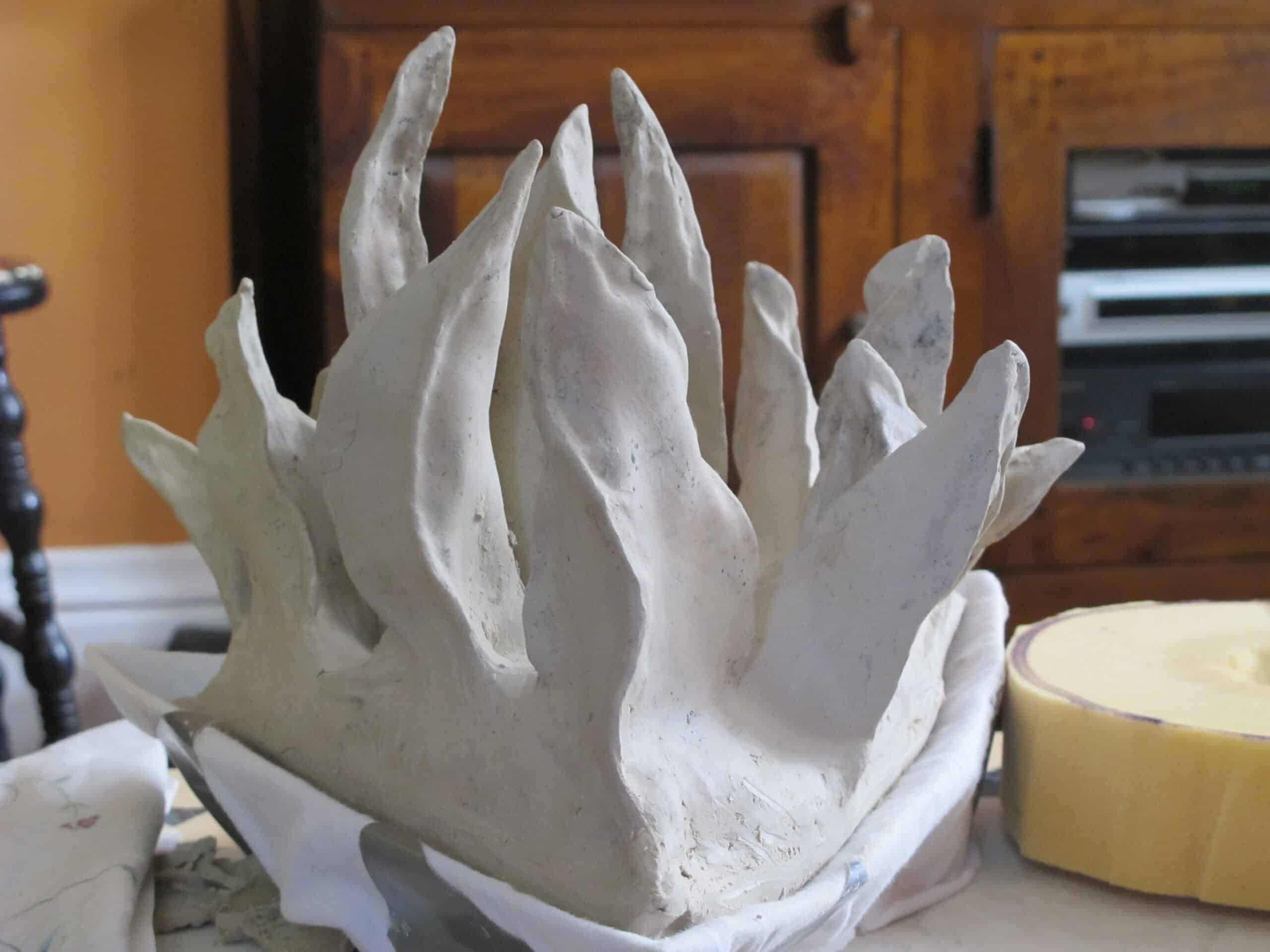
Paperclay sculpting is a modern pottery technique that involves mixing paper fibers with clay to create a versatile and lightweight material. This unique blend allows for more flexibility in construction, enabling the creation of intricate, delicate forms that would be impossible with traditional clay. Paperclay can be worked in both wet and dry states, making it highly adaptable for sculptural work. The addition of paper fibers also reduces shrinkage and cracking, allowing artists to push the boundaries of ceramic design. Each piece made with paperclay is distinctive, reflecting the artist’s creativity and the material’s unique properties.
Majolica (Tin-Glazed Earthenware)
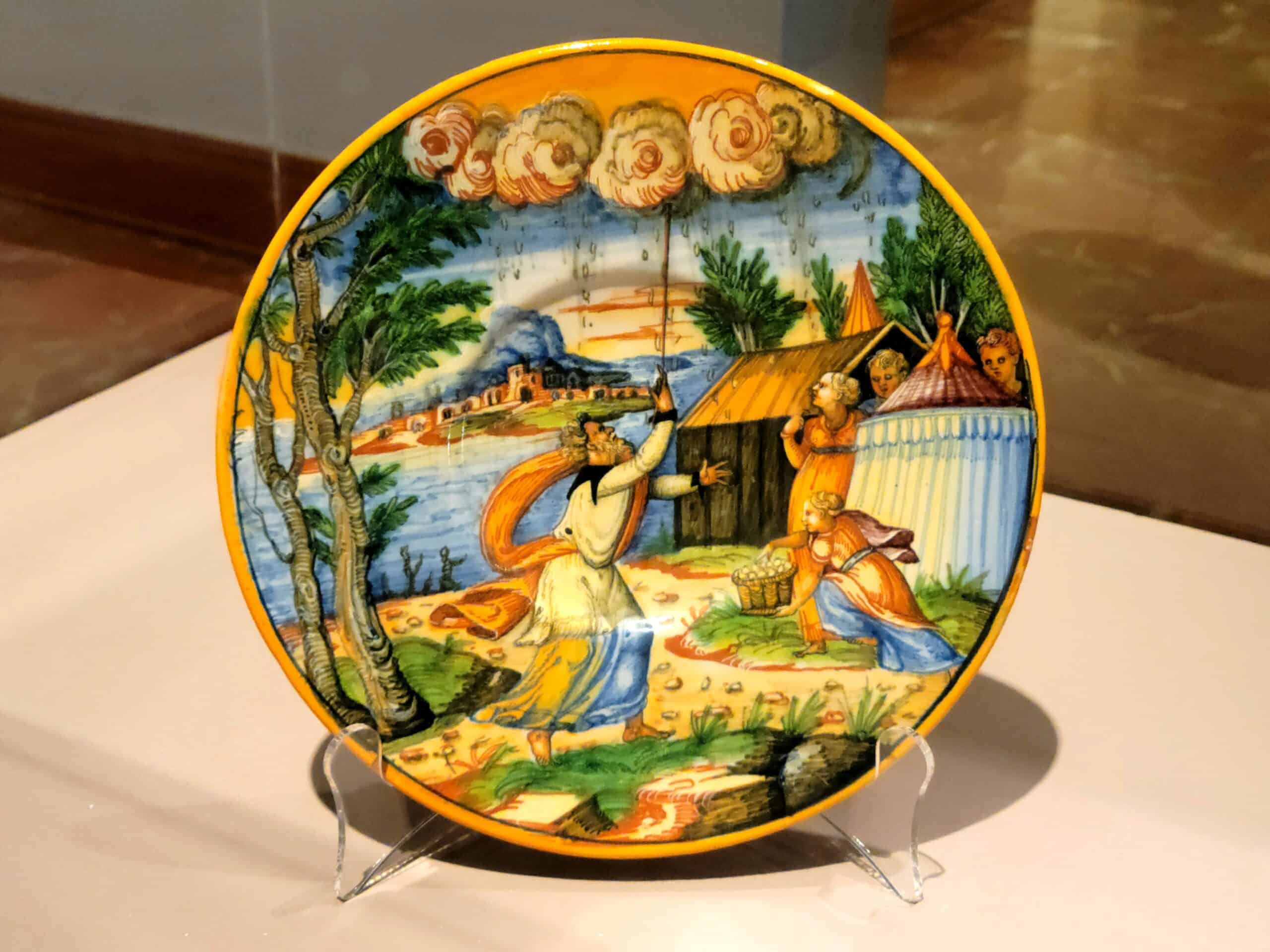
Majolica, also known as tin-glazed earthenware, is a decorative technique that originated in the Middle Ages. The process involves applying a white, opaque glaze containing tin oxide to the pottery, which provides a smooth surface for painting intricate designs. The painted decoration is then covered with a transparent glaze and fired, creating a glossy, vibrant finish. Majolica was initially developed in the Islamic world and later perfected in Italy during the Renaissance. Each piece of Majolica is unique, with its bright colors and detailed patterns, making it a cherished art form in pottery.
Horsehair Raku
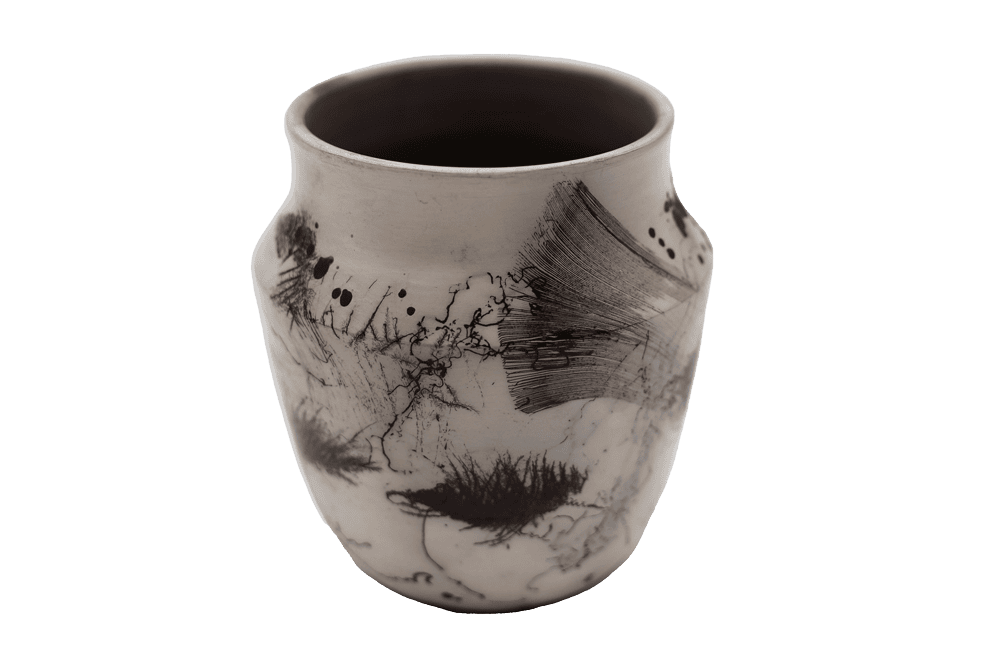
Horsehair Raku is a striking pottery technique known for its delicate, smoky patterns. This method involves removing the pottery from a hot kiln and immediately placing horsehair strands on the surface. The heat burns the horsehair, leaving behind intricate, black lines that are completely unique to each piece. Originating from the Raku tradition, this technique is popular among contemporary potters for its spontaneous and visually captivating results. Each piece tells its own story through the distinctive, unpredictable patterns formed by the horsehair.
Agateware (Mottled Clay Technique)
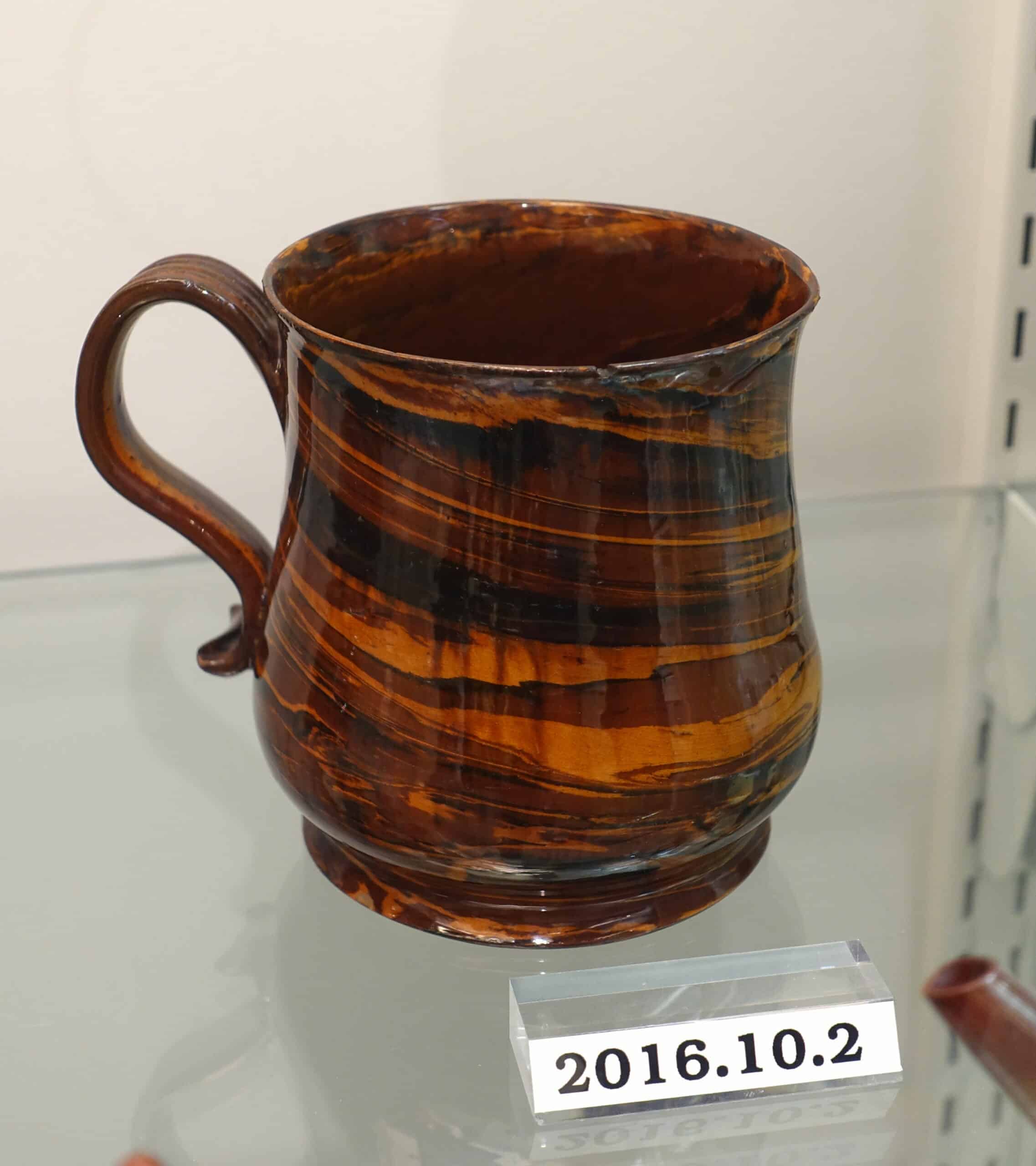
Agateware is a mottled clay technique that creates swirling, marble-like patterns. This method involves layering and blending different colored clays, then cutting through the layers to reveal intricate designs. The technique dates back to ancient Rome, where it was used to mimic the appearance of natural agate stone. Each piece of Agateware is unique, with no two patterns ever repeating exactly. This technique is prized for its natural beauty and the skill required to create such detailed effects.
Terra Sigillata (Fine Slip Polishing)
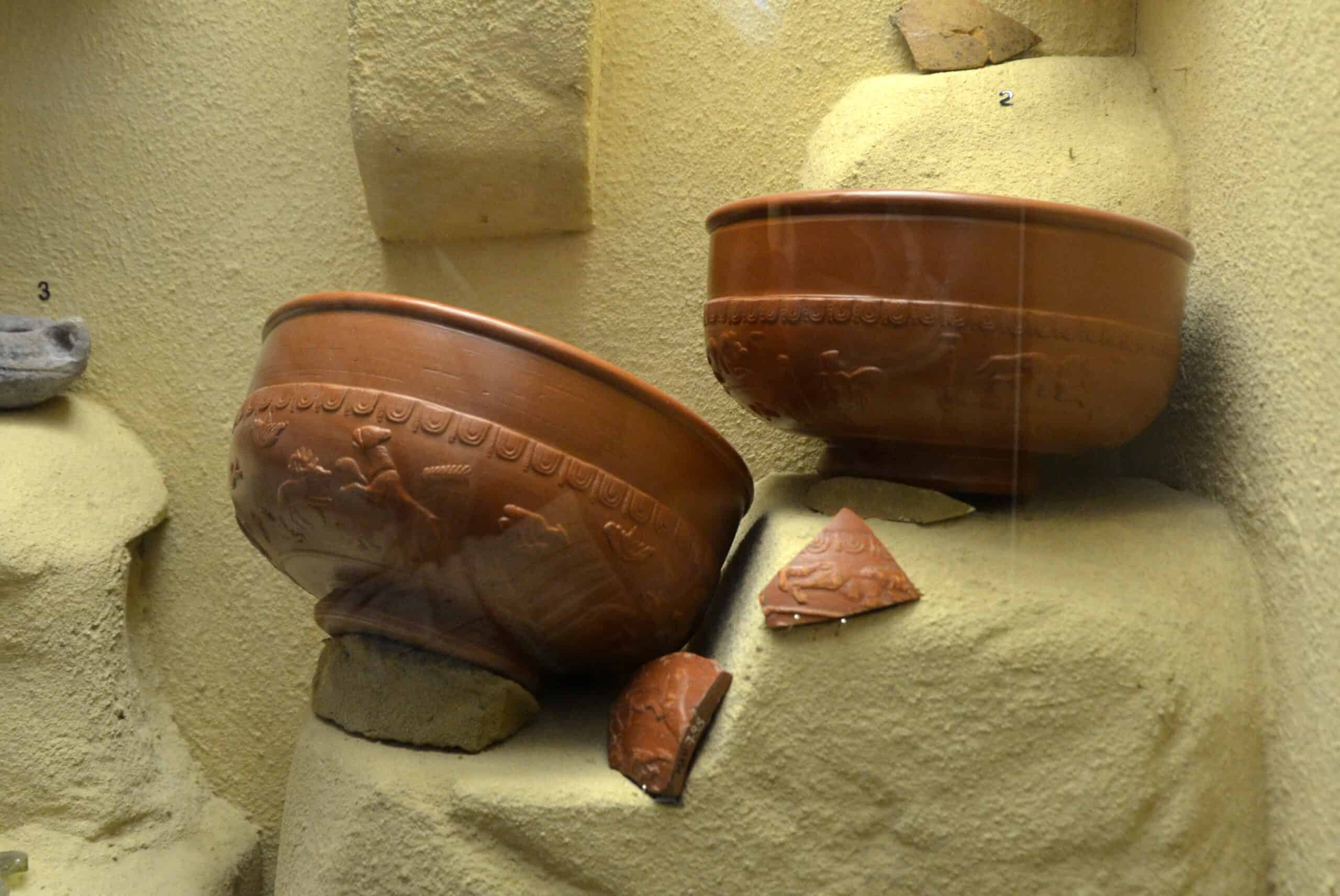
Terra Sigillata is a fine slip polishing technique that creates a smooth, glossy finish on pottery. The method involves applying a very fine clay slip to the surface of a piece, then burnishing it to achieve a high shine. This technique was used by ancient Greeks and Romans to create pottery with a luxurious, polished appearance. The name “Terra Sigillata” means “sealed earth,” referring to the clay’s ability to hold a glossy surface. Each piece treated with Terra Sigillata shines with a soft, almost liquid sheen, making it a unique work of art.
Yunomi (Tea Bowl Making)
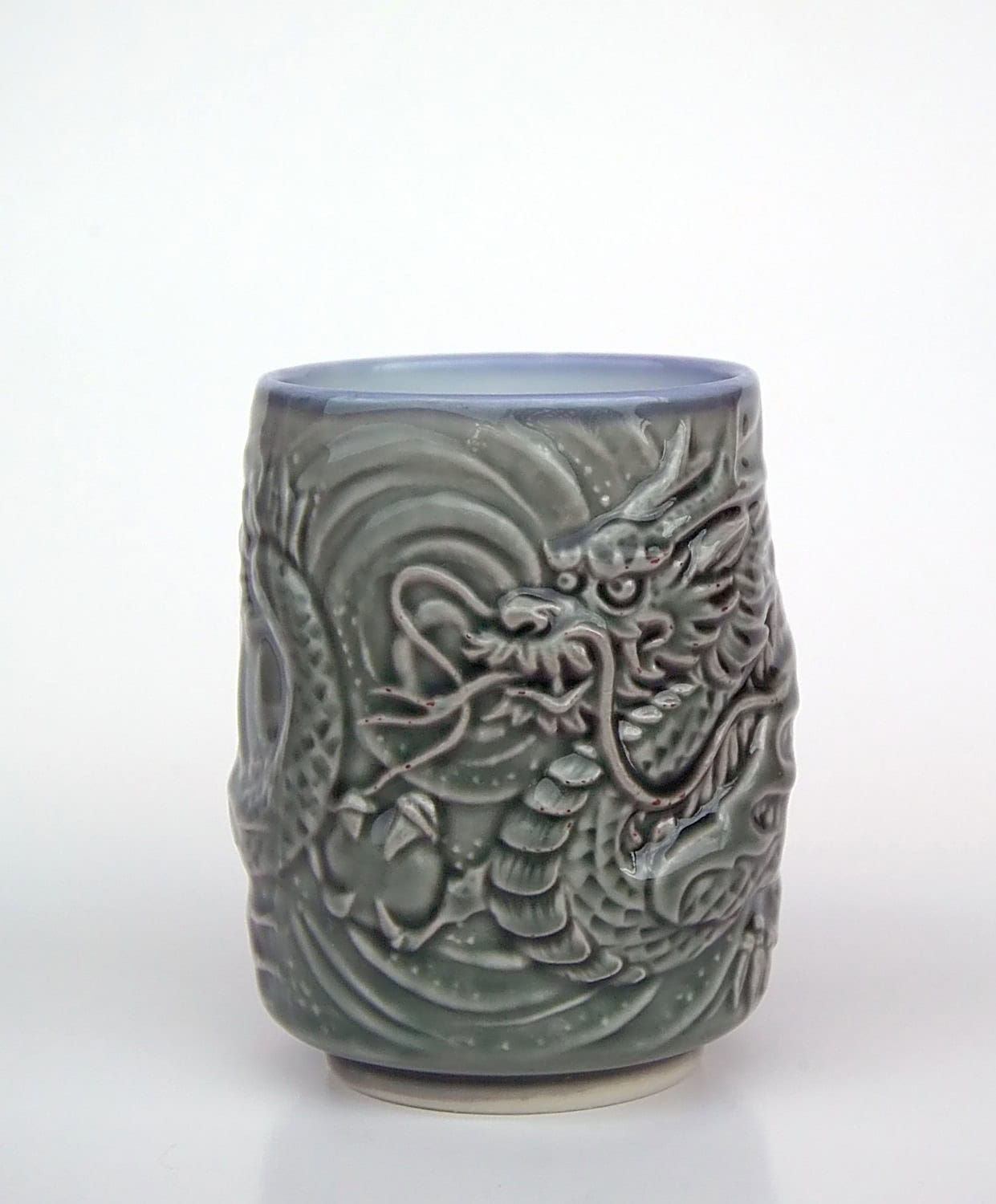
Yunomi refers to the traditional Japanese art of making tea bowls. These bowls are typically taller than they are wide and are used for casual tea drinking. The process of making a Yunomi involves careful attention to form, balance, and texture. The technique dates back to the 16th century and is deeply rooted in Japanese tea culture. Each Yunomi is crafted with a focus on simplicity and elegance, reflecting the maker’s skill and the cultural significance of tea in Japan. The result is a piece that is both functional and uniquely beautiful.
Slip Trailing
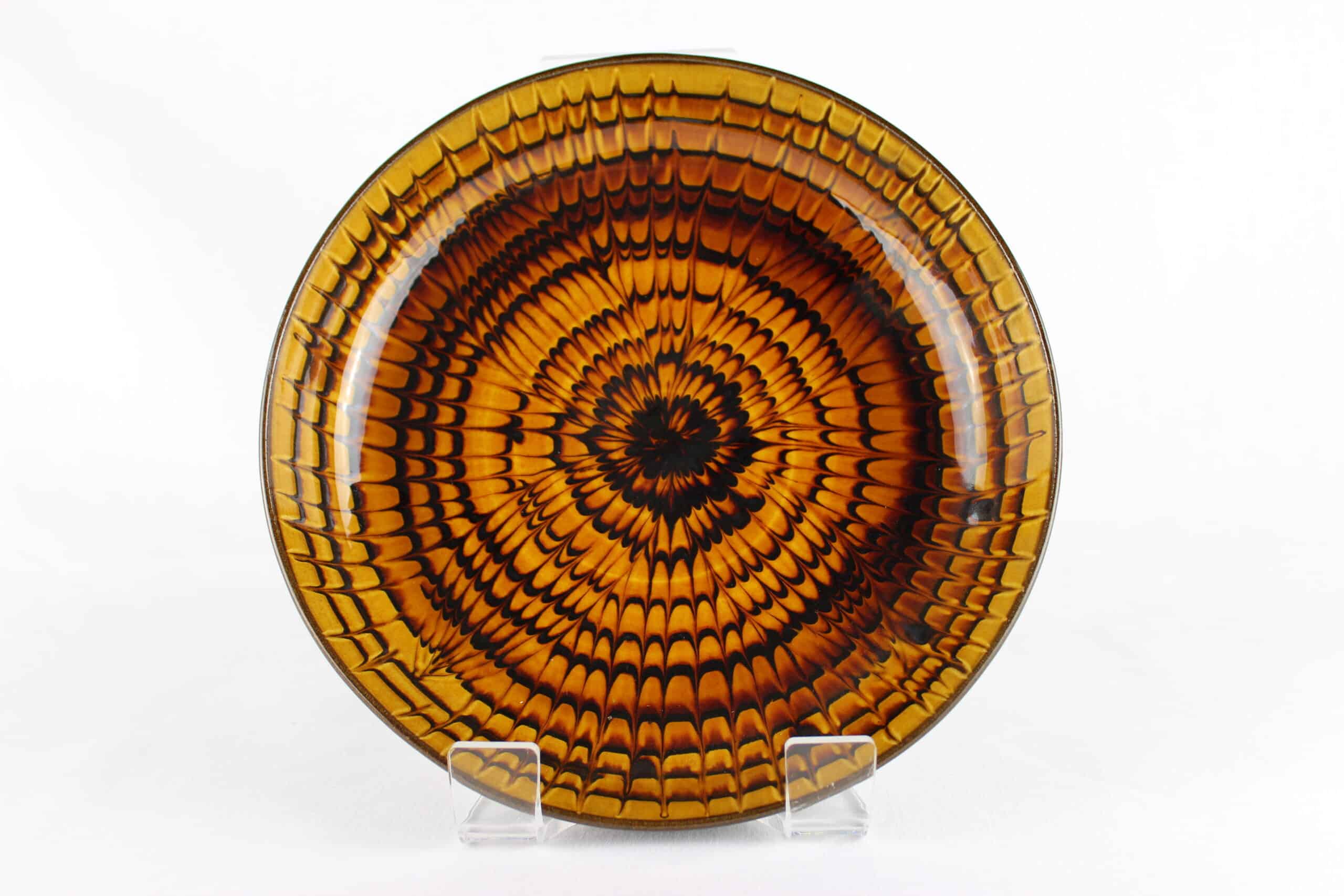
Slip trailing is a decorative pottery technique that involves applying lines of liquid clay (slip) to the surface of a piece. This method allows for intricate patterns and raised designs to be created on the pottery. Slip trailing has been used for centuries, with roots in various cultures, including medieval England and ancient Persia. The technique requires precision and control, as the slip must be carefully applied to achieve the desired effect. Each piece decorated with slip trailing is unique, with patterns that stand out in both texture and appearance.
This article originally appeared on Rarest.org.
More from Rarest.org
1951 Jefferson Nickel Value Guide
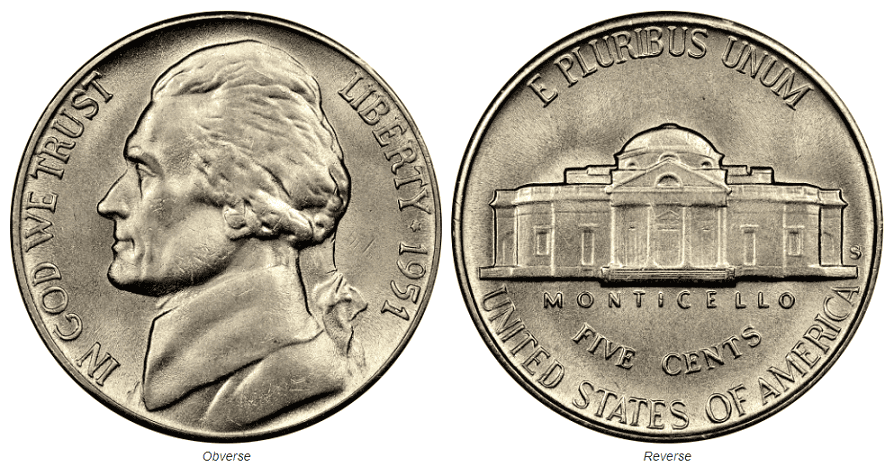
The 1951 Jefferson nickel is a 5-cent coin issued by the US Mint in 1951. It is a part of the regular series of the Jefferson nickels that the US Mint started to release in 1938. Read More.
18 Most Coveted Exotic Bird Species
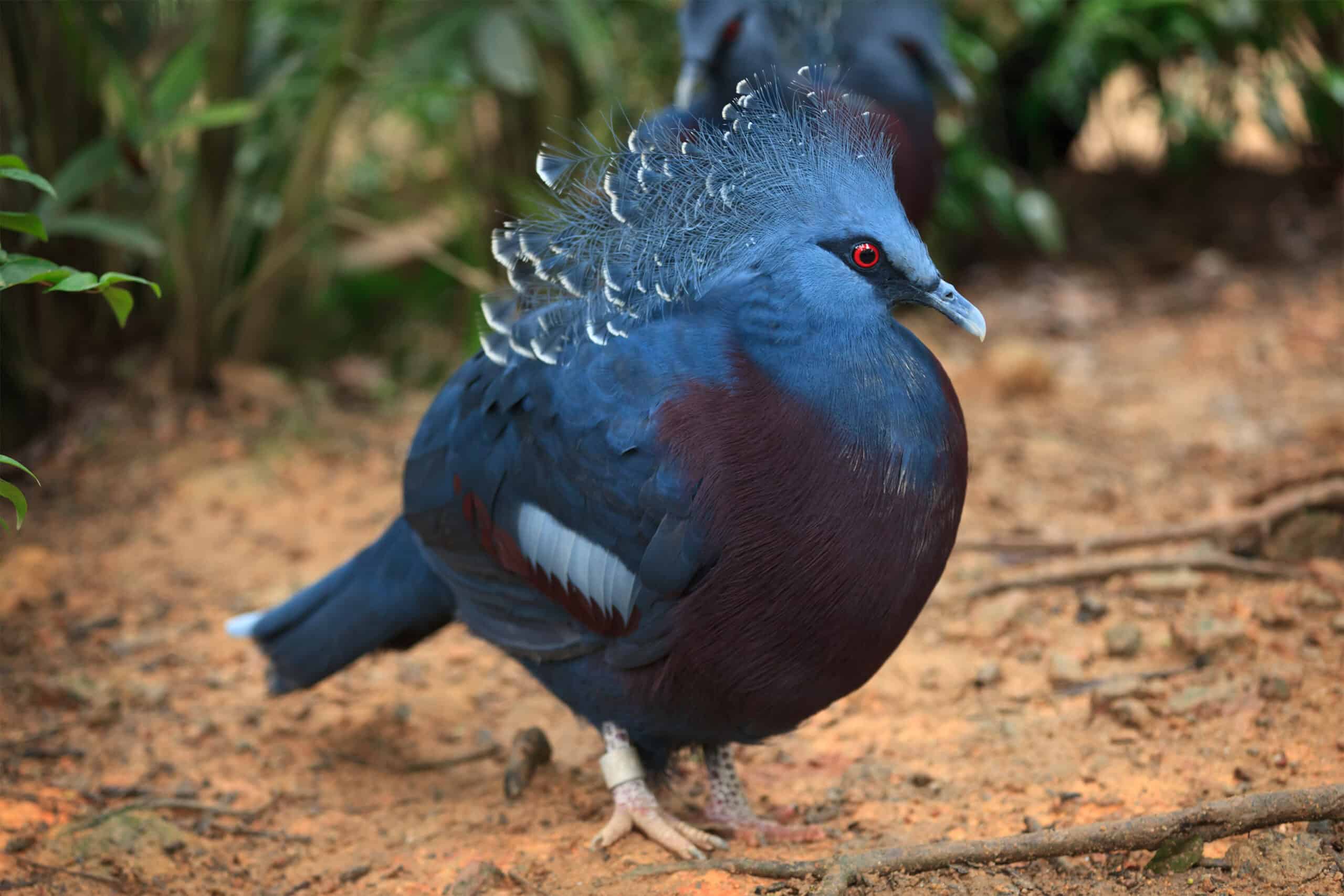
Exotic birds captivate with their vivid colors and unique features. They are often prized for their rarity and beauty. Read More.
14 Cryptic Reptiles Inhabiting Deserted Islands

The world of reptiles is full of mysteries, especially those found on deserted islands. These islands often harbor unique species, evolving separately from mainland counterparts. Read More.
